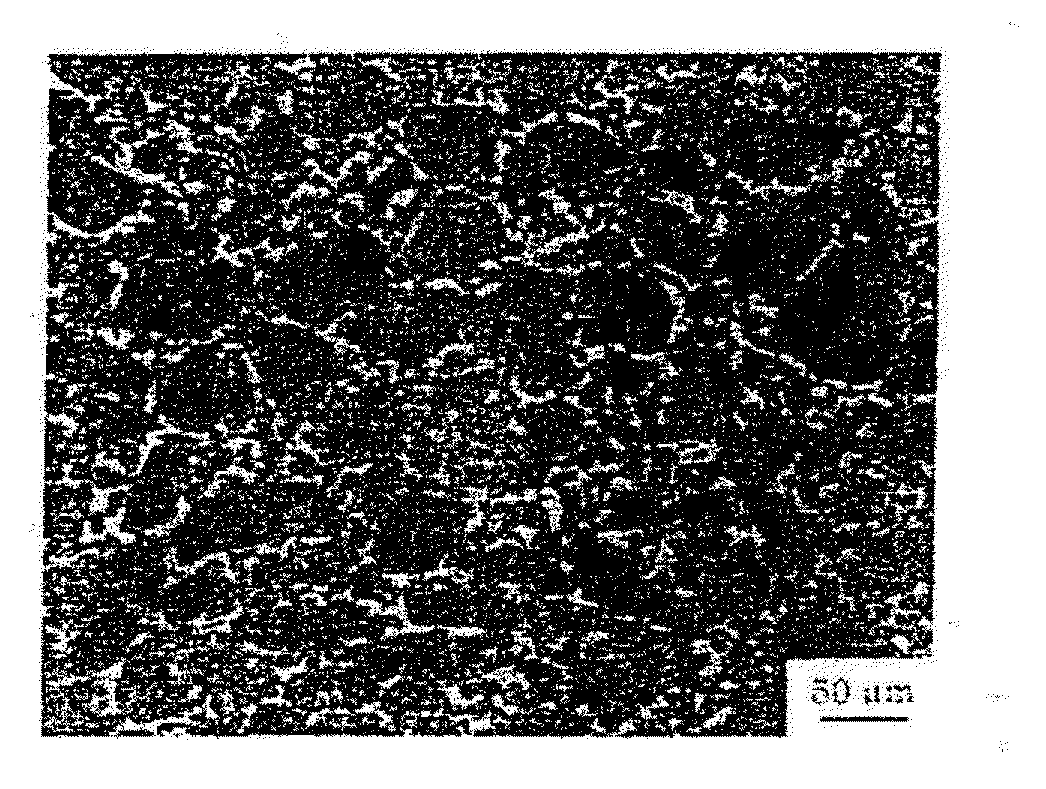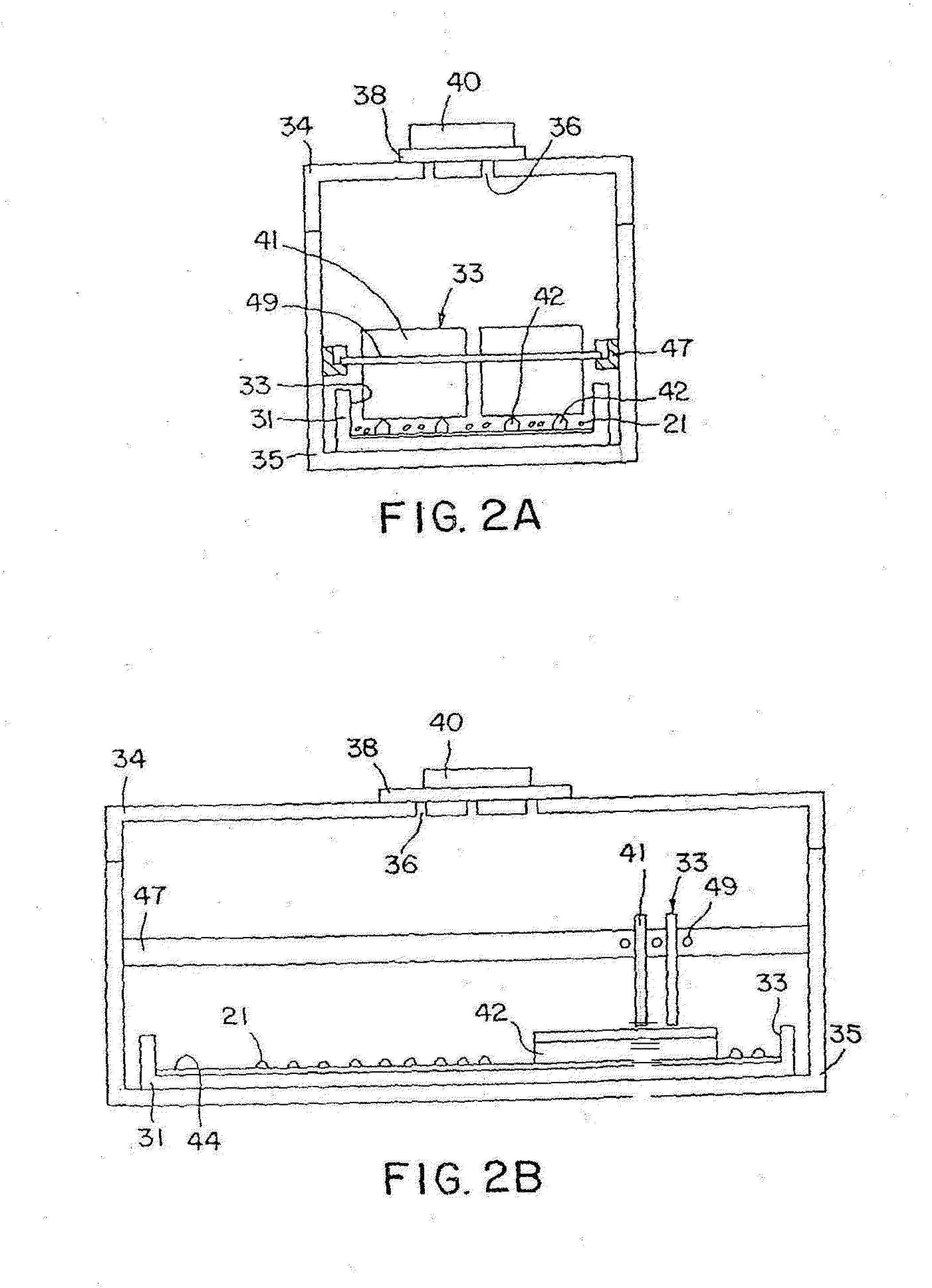Composite materials and methods for making same
a technology of composite materials and materials, applied in the field of metalceramic composite bodies, can solve the problems of affecting multi-hit performance and hurting performance, and achieve the effects of enhancing infiltration, reducing the amount of transformable silicon and boron carbide, and high hardness
- Summary
- Abstract
- Description
- Claims
- Application Information
AI Technical Summary
Benefits of technology
Problems solved by technology
Method used
Image
Examples
example 1
[0192]This example demonstrates the production via reactive infiltration of a Si / SiC composite body containing a boron carbide reinforcement, i.e., Si / SiC / B4C. More specifically, this Example demonstrates the infiltration of a silicon-containing melt into a preform containing an interconnected carbon phase derived from a resinous precursor, and silicon carbide and boron carbide particulates. This Example is for reference, background or comparison purposes, and is not part of the present invention.
[0193]Preforms were prepared by a sedimentation casting process. Specifically, about 28 parts of water were added to 100 parts of ceramic particulate and 8 parts of KRYSTAR 300 crystalline fructose (A.E. Staley Manufacturing Co.) to make a slurry. The ceramic particulate content consisted of about equal weight fractions of 220 grit TETRABOR® boron carbide (ESK GmbH, Kempten, Germany, distributed by MicroAbrasives Corp., Westfield, Mass.) having a median particle size of about 66 microns and...
example 2
[0206]The technique of Example 1 was substantially repeated, except that no silicon carbide particulate was used in fabricating the preform, and the particle size distribution of the boron carbide was modified such that substantially all particles were smaller than about 45 microns. Following the pyrolysis step, the preforms contained about 75 percent by volume of the boron carbide particulate and about 4 percent by volume of carbon. This Example similarly is not part of the present invention.
[0207]After infiltration, the ceramic material contained nominally 75 vol. % B4C, 9 vol. % reaction-formed SiC, and 16 vol. % remaining Si (i.e., an Si / SiC / B4C composite). A polished section was examined using a Nikon Microphot-FX optical microscope. An optical photomicrograph of the material is shown in FIG. 3. It is clearly evident that, by careful selection of processing conditions, including addition of a source of boron to the silicon infiltrant, little growth and interlocking of the parti...
example 3
[0208]The technique of Example 2 was substantially repeated, except that, before supplying the silicon infiltrant to the lay-up, a monolayer of TETRABOR® boron carbide particulate (220 grit, ESK) was sprinkled onto the carbon cloth between the feeder rails. The amount of silicon was concomitantly increased to account for the added boron carbide, and to maintain an excess supply of silicon of about 10 percent, as in Example 1.
PUM
| Property | Measurement | Unit |
|---|---|---|
| diameter | aaaaa | aaaaa |
| temperature | aaaaa | aaaaa |
| temperature | aaaaa | aaaaa |
Abstract
Description
Claims
Application Information
 Login to View More
Login to View More - R&D
- Intellectual Property
- Life Sciences
- Materials
- Tech Scout
- Unparalleled Data Quality
- Higher Quality Content
- 60% Fewer Hallucinations
Browse by: Latest US Patents, China's latest patents, Technical Efficacy Thesaurus, Application Domain, Technology Topic, Popular Technical Reports.
© 2025 PatSnap. All rights reserved.Legal|Privacy policy|Modern Slavery Act Transparency Statement|Sitemap|About US| Contact US: help@patsnap.com



